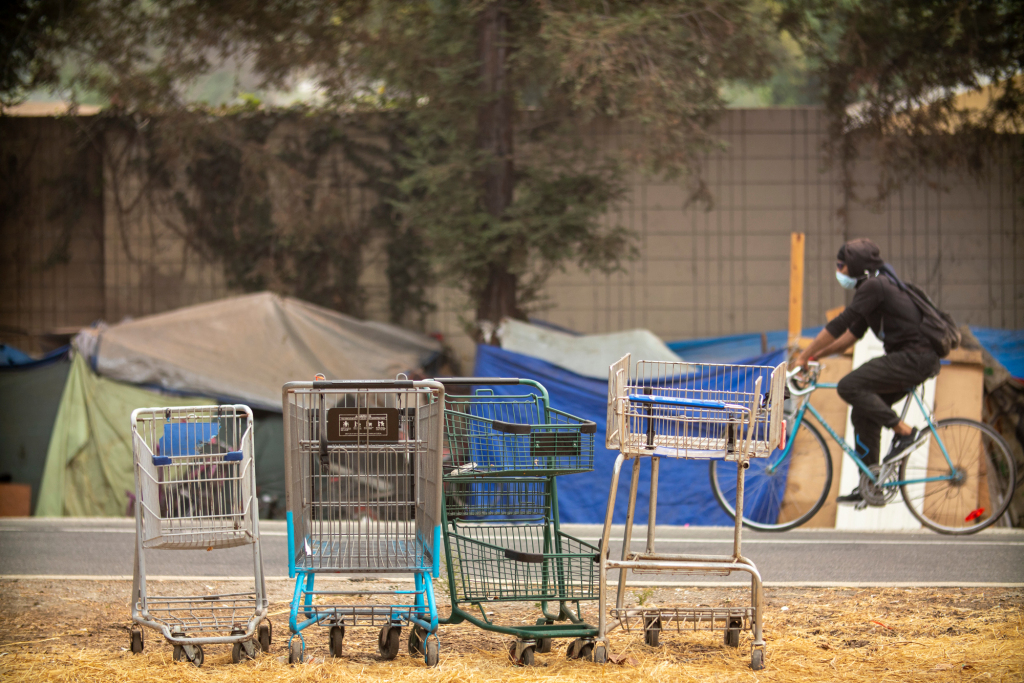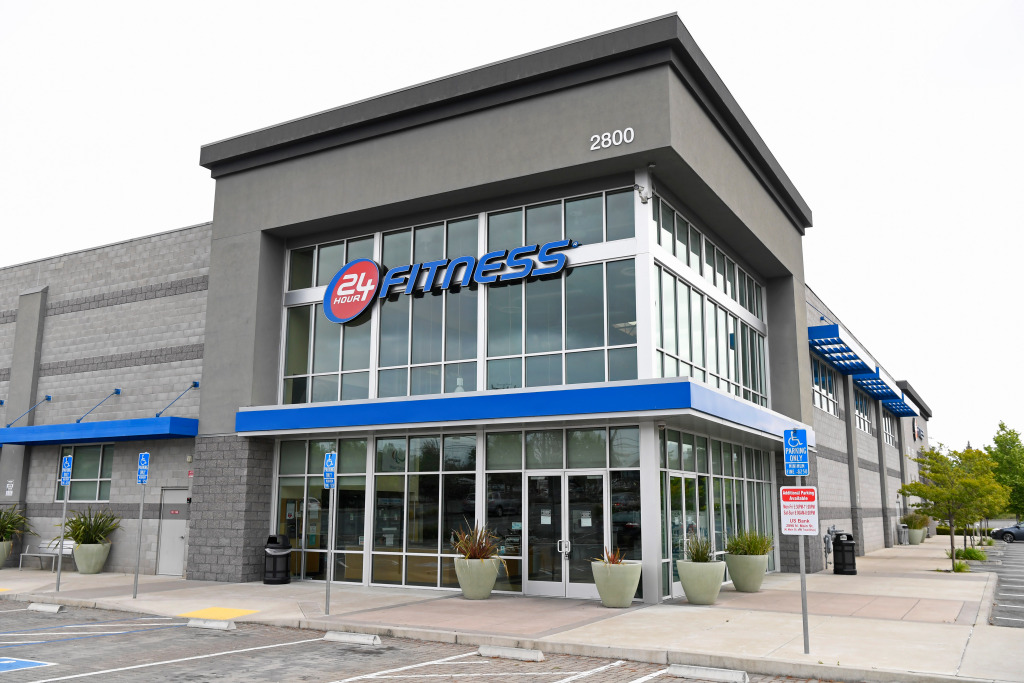The San Jose City Council on Tuesday will weigh whether to immediately resume the removal of homeless encampments throughout the city, a year after COVID-19 put a stop to many of those efforts
Recognizing the city doesn’t have enough housing or shelter beds for everyone who may be displaced, officials have proposed setting up a temporary, city-sanctioned encampment for the duration of the pandemic. It would be the city’s first.
“I have repeatedly urged that the City has taken CDC and County public health guidance far too literally in declining to relocate encampments where those encampments pose a risk to public safety,” Mayor Sam Liccardo wrote in a memo to the City Council. “After much pushing, we softened our rigid adherence to the public health guidance to clear public rights of way, but not enough to address many other basic public safety concerns of our residents. I urge that we do so immediately.”
Federal health guidelines recommend allowing encampments to remain where they are if there is no housing available, as clearing camps can disperse occupants throughout a city and potentially spread the virus.
San Jose, like many other Bay Area cities, agreed early in the pandemic to mostly let encampments be — though dozens of removals continued of camps officials found posed a particular hazard or problem. Since then, many camps around the region have grown in size and visibility, sparking complaints from neighbors.
Now, San Jose’s mayor and others are urging the city to create new rules that specify where encampments can and can’t be — as opposed to the pre-pandemic method of removing them haphazardly, only to have occupants return and re-make their camp.
Oakland passed an encampment management policy in October that prioritizes the removal of camps near schools, homes, businesses and other areas. But the policy has been slow to take effect. Santa Cruz is moving forward with a new rule that would ban daytime camping throughout the city, requiring homeless residents to pack up their tents every morning.
In San Jose, Liccardo favors banning encampments from areas near schools and daycare facilities. Councilmembers David Cohen and Pam Foley say removing an encampment should be a “last resort.”
Policies restricting where people can camp generally face pushback from homeless rights activists who say they penalize vulnerable people with nowhere to go. And COVID-19 continues to spread. Santa Clara County started vaccinating encampment residents last week, but it likely will take some time to reach everyone.
In the 2018-2019 fiscal year, San Jose removed 403 encampments, displacing those occupants. The city continued removing some encampments during the pandemic, if they blocked a street or sidewalk or presented other concerns.
Since October 2020, the city has disbanded 97 active encampments. That includes a camp along Felipe Avenue, where the city removed more than 45 tents and structures, saying the camp generated large amounts of trash and bio-waste, and occupants were camping too close to traffic.
This week, the city is removing a large encampment along Coyote Creek Trail off East Williams Street to make way for a planned trail construction project.
The city is aware of 220 encampments throughout San Jose, ranging in size from one person to more than 50.
As San Jose leaders discuss closing encampments Tuesday, they also will discuss where those people will go. They may funnel displaced residents into a city-sanctioned camp. San Francisco set up sanctioned tent cities last year, and Oakland is considering creating “co-governed” camps that residents and a nonprofit would lead together.
“If we truly intend to improve the living conditions of those currently in encampments and want to alleviate the environmental strain that has since compounded in the pandemic,” San Jose Councilman Raul Peralez wrote in a memo to the mayor and City Council, “dedicated locations that the unhoused can safely relocate to must be identified for these policies to work.”










